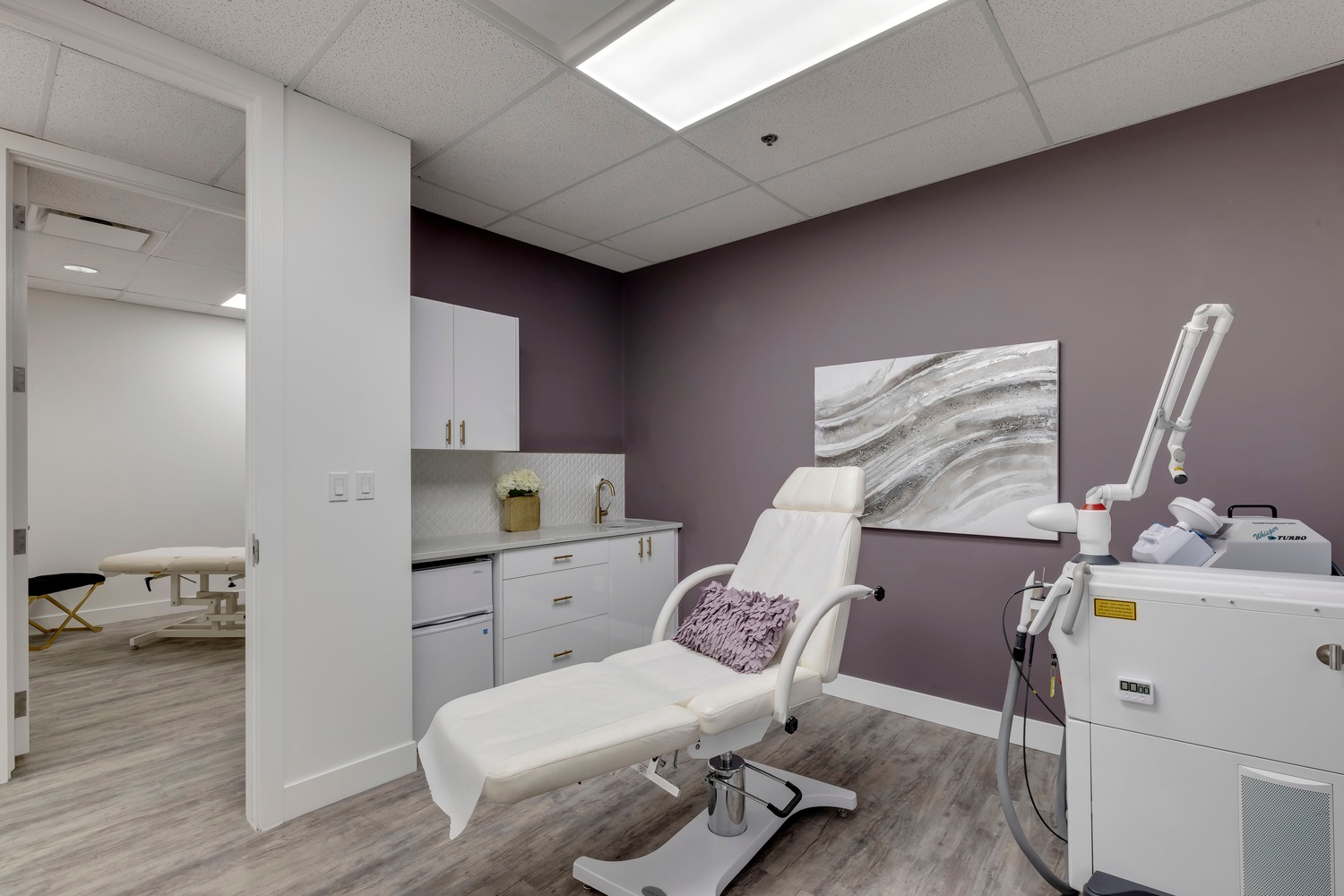HIFEM (High-Intensity Focused Electromagnetic) technology is making a big difference in the world of health and fitness. Not only does it help with body shaping and building muscles, but it also offers a new way to treat pelvic floor problems. Let’s explore how HIFEM technology is helping people improve their pelvic floor health in a simple, non-invasive way.
The pelvic floor is a group of muscles that support important organs like the bladder, uterus, and rectum. These muscles help control bladder and bowel movements and are important for sexual health. When the pelvic floor muscles become weak or don’t work properly, it can cause problems like urinary incontinence (leaking urine), pelvic organ prolapse (when organs drop out of place), and chronic pelvic pain.
What is HIFEM Technology?
HIFEM technology uses strong electromagnetic energy to make muscles contract (tighten). This technology is known for helping with body contouring and muscle building, but it’s also very effective for strengthening pelvic floor muscles. The muscle contractions caused by HIFEM are much stronger than what you can achieve with regular exercises.
How Does HIFEM Work for Pelvic Floor Health?
HIFEM technology works by sending electromagnetic energy to the pelvic floor muscles. Here’s how it helps:
- Electromagnetic Stimulation: The HIFEM device sends energy that goes deep into the pelvic floor muscles.
- Strong Muscle Contractions: This energy makes the muscles contract intensely, much more than regular exercises like Kegels.
- Muscle Strengthening: These strong contractions help to strengthen and improve the function of the pelvic floor muscles.
Benefits of HIFEM for Pelvic Floor Health
Using HIFEM technology to treat pelvic floor problems has many benefits:
- Non-Invasive: 6 – 30 minute treatments are done fully clothed, and you can go back to your normal activities right after the session.
- Effective Muscle Strengthening: The strong muscle contractions are very effective in making new muscles and existing pelvic floor muscles stronger.
- Better Bladder Control: Strengthening these muscles can help reduce stress and urge urinary incontinence, giving you better control over your bladder.
- Improved Quality of Life: Better pelvic floor function can improve sexual health, reduce pelvic pain, and make daily life more comfortable.
- Convenient: Each treatment session lasts about 30 minutes, fitting easily into a busy schedule.
HIFEM Pelvic Floor Treatments vs. Physiotherapy Pelvic Floor Treatments
Pelvic floor health is crucial for overall well-being, impacting urinary and bowel control, sexual function, and core stability. Two popular methods to treat pelvic floor dysfunction are HIFEM (High-Intensity Focused Electromagnetic) treatments and traditional physiotherapy. Let’s compare these approaches to help you understand their benefits, differences, and suitability for various needs.
What is Physiotherapy for Pelvic Floor Health?
Physiotherapy for pelvic floor health involves exercises, invasive manual therapy, and biofeedback to strengthen and improve the function of pelvic floor muscles. A trained physiotherapist guides patients through customized exercise routines, often including time-consuming Kegel exercises, to target specific muscle weaknesses and dysfunctions.
Key Differences Between HIFEM and Physiotherapy
Method of Treatment
- HIFEM Technology: Uses electromagnetic energy to induce supramaximal muscle contractions. Patients sit on a special chair that delivers these electromagnetic pulses, causing intense, involuntary contractions.
- Physiotherapy: Involves physical exercises, invasive manual techniques, and sometimes biofeedback devices to help patients perform targeted muscle contractions and relaxation.
Intensity and Effectiveness of Muscle Contractions
- HIFEM: Produces much stronger contractions than voluntary exercises, often inducing thousands of contractions in a single session. These are called supramaximal contractions and are more intense than those achievable through regular exercise.
- Physiotherapy: Relies on the patient’s ability to voluntarily contract and relax pelvic floor muscles. The effectiveness can vary based on the patient’s ability to perform the exercises correctly and consistently.
Treatment Experience
- HIFEM: Non-invasive and requires no physical effort from the patient during the session. Patients sit on a chair fully clothed while the device works.
- Physiotherapy: Requires active participation, including learning and performing time-consuming exercises regularly, which can be challenging for some patients.
Time Commitment
- HIFEM: 6 – 30 minute sessions that require minimal effort from the patient. Results can be seen after a few sessions.
- Physiotherapy: Involves regular appointments and daily exercises. Consistent practice over weeks or months is necessary to see significant results.
Contact Revive Laser & Skincare Today!
HIFEM technology is changing the way we treat pelvic floor problems. It offers a simple, effective, and non-invasive way to strengthen these important muscles. By providing stronger contractions than regular exercises, HIFEM helps people gain better control over their bladder, reduce symptoms, and improve their quality of life. Contact the experts at Revive Laser & Skincare Clinic today to learn more and make an appointment!

